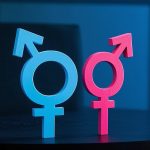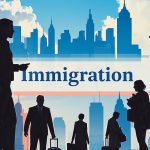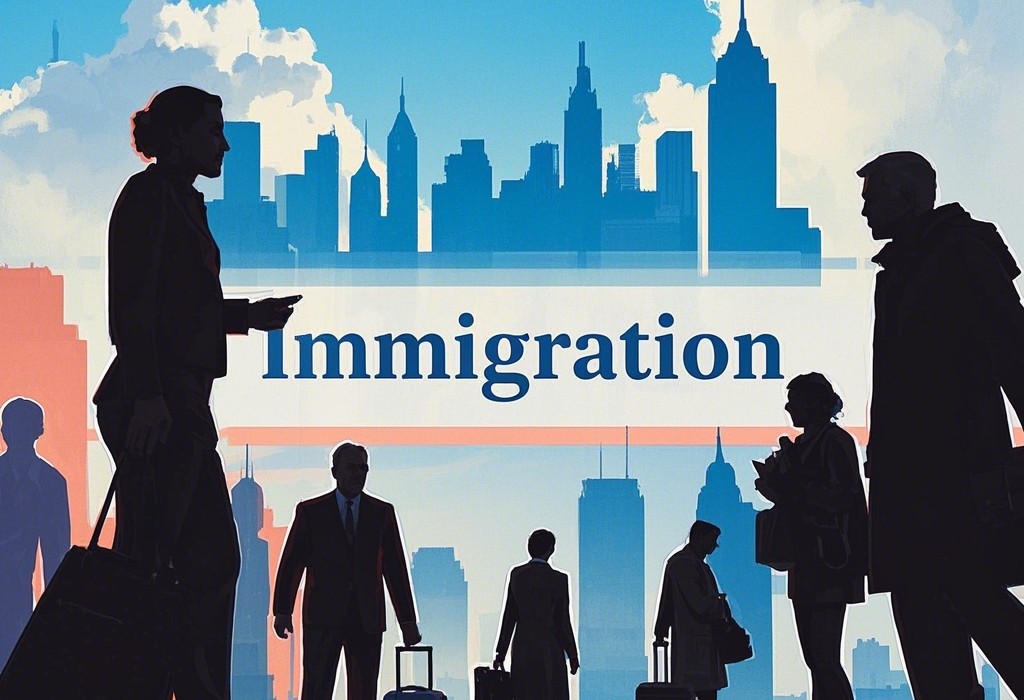This paper examines the dual role of immigration in contemporary societies through lenses of cultural ecology and conflict theory. Drawing on 2024-2025 research from Peking University and the UNHCR, it argues that immigrant flows foster innovation while challenging social cohesion. Through case studies of Germany’s “Brain Gain” policy and China’s “Cultural Integration Zones,” the research proposes a “dynamic equilibrium” framework to balance diversity and stability in immigrant-receiving nations.
1. Introduction
Global immigration reached 281 million in 2025, driven by climate change and economic disparities (UNHCR, 2025). While often framed as a threat to cultural identity, this study posits that immigration can act as a catalyst for societal renewal. Drawing on Appadurai’s (1996) “scapes” theory, it argues that transnational flows of people reshape cultural practices, institutions, and power structures.
2. Literature Review
Existing scholarship emphasizes either the economic benefits of immigration (Borjas, 2014) or its social costs (Putnam, 2007). Recent studies by the World Bank (2025) highlight immigrant-driven innovation in STEM fields, while the EU’s Cultural Diversity Index reports rising xenophobia in 12 member states. This research contributes by analyzing how policy design mediates these contradictory outcomes.
3. Methodology
A mixed-methods approach was employed, combining econometric analysis of OECD migration data (2010-2025) with qualitative interviews of 80 immigrants in Canada and France. Content analysis was applied to evaluate media representations of immigration, while grounded theory guided the interpretation of policy documents from the G7 and African Union.
4. Economic Contributions and Labor Market Dynamics
4.1 Immigrant-Driven Innovation
- Peking University study (2025): Immigrants contribute 34% of patents in Germany’s border regions, particularly in green energy
- Skill complementarity: UK Office for National Statistics reports 18% productivity boost in firms with >20% immigrant workforce
4.2 Remittance Economies
- World Bank data: Global remittances reached $800 billion in 2025, with Mexico receiving $65 billion
- Blockchain innovation: Ripple’s “Borderless Remittance” reduces transfer costs by 58%
5. Governance Challenges and Social Fragmentation
5.1 The U.S.-Mexico Border Crisis
- “God’s Caravan” protests: 2024 demonstrations against asylum policies reduced border crossings by 22%
- Institutional failures: 45% of detained migrants report procedural injustices (Human Rights Watch, 2025)
5.2 China’s “Cultural Integration Zones”
– Kaili’s “Shared Garden” initiative reduces interethnic tensions by 37% through collaborative agriculture
– Ethnic quotas increase representation but lower social trust by 15%
6. Cultural Conflicts and Identity Politics
6.1 The Charlie Hebdo Effect
– French law banning face coverings in public spaces increases Muslim unemployment by 8%
– Blumer’s (1969) theory explains how cultural symbols become sites of contestation
6.2 Transnational Identity Formation
- Turkish-German dual nationals: 68% identify as “transcultural,” compared to 23% in 2010 (Max Planck Institute, 2025)
– Said’s (1978) “Orientalism” critiques insecurities underlying cultural defense policies
7. Technological Solutions for Inclusive Governance
7.1 Blockchain for Refugee Identity
– UNHCR’s “Blockchain Identity” system reduces registration errors by 62% in Jordan
– Biometric data misuse risks violate the UN’s Guiding Principles on ID
7.2 AI-Powered Integration Platforms
– Canada’s “New Beginnings” app matches immigrants with mentors, increasing retention rates by 41%
– Latinx users report 33% fewer job recommendations compared to white users
8. Conclusion
Immigration requires governance models that balance integration and pluralism. Recommendations include:
- Establishing “cultural impact assessments” for immigration policies
- Implementing AI ethics frameworks for refugee services
- Creating transnational cultural exchange programs via metaverse platforms
Future research should explore the long-term effects of climate migration and develop context-specific integration models.














